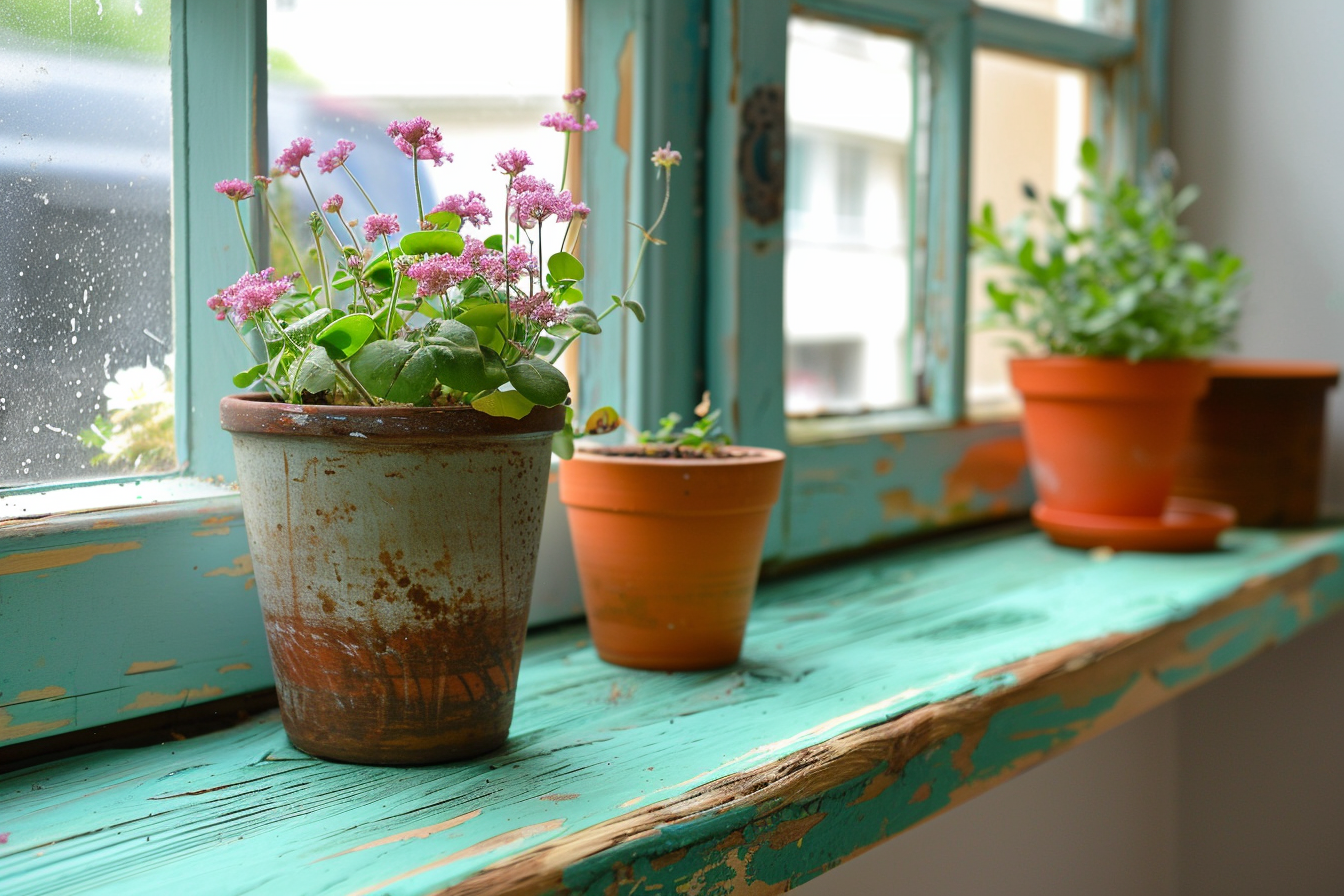Discovering lead paint in your home can feel like stumbling upon an unwelcome relic of the past. Given the well-documented health risks associated with lead exposure, it’s natural to be concerned if you find out your house has lead paint. However, with the right information and approach, managing and mitigating the risk of lead paint can be straightforward. In this blog post, we’ll walk you through what you need to know and the steps you can take to ensure the safety of your living environment.
Understanding Lead Paint and Its Risks
Lead-based paint was widely used in homes prior to 1978, when the U.S. government banned its sale for residential use. Lead is a toxic metal that can cause a range of health problems, especially in children under six years of age. It can affect brain development, leading to reduced IQ, learning disabilities, and behavioral issues. Adults aren’t immune either; exposure can lead to reproductive problems, high blood pressure, and nerve disorders.
How Does Lead Paint Become a Hazard?
Lead paint is not a hazard if it’s in good condition and undisturbed. Problems arise when the paint deteriorates—peeling, chipping, chalking, cracking, or damp—and becomes accessible to curious hands or paws, or when it generates dust. Renovation work can also disturb lead paint, creating inhalable dust that poses a significant health risk.
Steps to Take After Discovering Lead Paint
1. Don’t Panic
First and foremost, it’s important to stay calm. Not all lead paint is an immediate hazard. Assess the condition of the paint; if it’s intact and in areas not accessible to children, it may not pose an immediate risk. However, you’ll still want to take precautions and eventually deal with it.
2. Test for Lead
If you suspect your home has lead paint, get it tested. You can use a home test kit for a preliminary check, but for more accurate results, hire a certified lead inspector or risk assessor. They can determine not only the presence of lead paint but also its condition and whether it poses a risk to your health.
3. Evaluate Your Options
Once you’ve confirmed the presence and condition of lead paint, you have several options:
- Leave it alone: If the paint is in good condition and not on a surface that children can chew or that generates dust (like windows or doors), you might choose to leave it undisturbed.
- Encapsulation: This involves applying a special coating that seals the lead paint on walls and prevents it from chipping or creating dust.
- Enclosure: You can cover the lead paint with a new surface, such as installing new drywall or covering windowsills with aluminum or vinyl cladding.
- Removal: This is the most thorough method but also the riskiest. Improper removal can generate dangerous lead dust. Only professionals certified in lead paint removal should perform this work.
4. Hire Professionals
For encapsulation, enclosure, or removal, it’s crucial to hire contractors who are certified in lead-safe work practices. They have the training and equipment to minimize the risk of lead exposure during renovation or removal.
5. Implement Safe Cleaning Practices
Whether you’re planning immediate remediation or not, adopting lead-safe cleaning practices can minimize the risk of lead dust exposure. Wet-mopping floors, wiping surfaces with a damp cloth, and using a HEPA vacuum can reduce lead dust. Always wash children’s hands and toys frequently to prevent lead ingestion.
6. Plan for Safe Renovation
If you’re planning any home improvement projects, it’s vital to follow lead-safe practices. The EPA’s Renovation, Repair, and Painting (RRP) rule requires contractors performing renovation, repair, and painting projects that disturb lead-based paint in homes, child care facilities, and schools built before 1978 to be certified and follow specific work practices to prevent lead contamination.
Conclusion
Finding lead paint in your home can be a cause for concern, but with the right approach, it doesn’t have to be a deal-breaker. By understanding the risks, testing for lead, evaluating your options, and hiring professionals, you can effectively manage and mitigate the hazards of lead paint. Remember, the goal is not just to protect your home’s value, but more importantly, to ensure the health and safety of your family. Taking action against lead paint is a crucial step in creating a safe and healthy living environment.
Navigating the complexities of lead paint can be challenging, but it’s a manageable part of homeownership with informed decisions and professional assistance. If you’re dealing with lead paint or any other real estate concerns, our team is here to help. We’re dedicated to providing the support and guidance you need to make your home safe, secure, and suited to your family’s needs.





